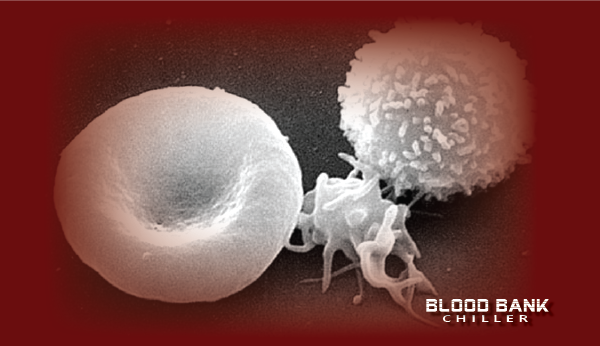
Blood is comprised of diverse components. Red blood cells or Erythrocytes compose about 8% of the body’s weight, and composed of 90% hemoglobin. Hemoglobin is protein molecules that deliver oxygen from the lungs to the tissues of the body, and returns carbon dioxide to the lungs. Red blood cells live on average for 120 days. Inside of red blood cells, plasma is found. Plasma, a yellow colored liquid, makes up over 55% of blood’s volume. It is composed of 90% water and 8% protein. The other 2% is comprised of inorganic salts and organic substances. Plasma is composed of 50- 70 milligrams of protein per milliliter. One of these proteins found in plasma is platelets. Platelets are important to clotting development. Platelets or Thrombocytes are universal and can be used on any type of person. They are produced by areas like the liver, bone marrow, spleen, and kidneys. The creation of platelets is found in the cells of megakaryocytes. Megakaryocytes are large cells that account for 1 out of 10,00 bone marrow cells. They are 10-15 times larger than red blood cells. Platelets participate in the coagulation of blood. Coagulation is the process in which blood changes from a liquid to a gel. White blood cells or Leukocytes are helpful in fighting against infections. They attack any bacteria or virus that uses blood as a host. Tests called WBC or white blood count tests can determine the onset of diseases. White blood cells are usually found between 4,000-11,000 per microliter of blood. They make up about 1% of blood volume. Different types of components in blood create a team that protects, heals and aids in the creation of the human body.

